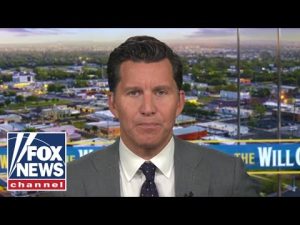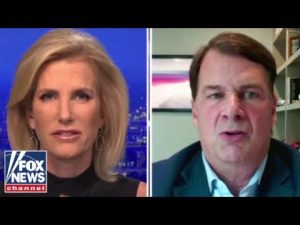The American economy, personified as a patient on the operating table, is undergoing a massive transformation. According to recent reports, the procedure was necessary due to the decades of neglect that led to numerous economic ailments: from factory closures and job losses to soaring inflation and housing costs. The old system, likened to a crippled patient wandering aimlessly for years, required urgent intervention. Enter the bold new approach spearheaded by the current administration, determined to steer away from the traditional globalist path that appeared more beneficial to international players than to American workers.
The administration’s economic strategy proposes a radical shift. No longer will American industries be left defenseless against foreign economic practices that undermine local jobs and prosperity. For decades, as factories shut their doors and American jobs migrated overseas, the American dream seemed increasingly distant for everyday citizens. Now, there’s a new doctor in town promising a US economy that’s stronger, more resilient, and prepared to face the global market’s challenges head-on. The idea is to revive the economy’s health by ensuring fair trade practices and bringing crucial manufacturing back to home soil, thus crafting an economic environment where workers can thrive once more.
Critics argue that these changes could bring short-term pain, like a patient feeling the effects of surgery before recovery begins. Yet, proponents point out that other countries, particularly China, have engaged in protectionist measures without suffering the same inflationary fate. They claim this new global trade ordering could be the panacea America needs, preventing the rest of the world from freeloading at the nation’s expense. It’s about reclaiming the American economic fortress, one trade deal at a time.
There are, of course, voices of skepticism. Some fear that these bold moves might derail international relations or disrupt global markets. However, the administration remains focused on American prosperity, not international appeasement. Reminiscent of past instances where skepticism towards big changes eventually waned in the face of undeniable success, the administration is banking on history to repeat itself. This reordering isn’t just about tariffs; it’s patriotic, echoing earlier eras when America was a global industrial leader without inundating its citizens in debt.
The proposed path forward carries the promise of a better tomorrow for American workers. The potential for renewed job opportunities, economic growth, and a resurgence of the manufacturing sector presents an optimistic prognosis. Significant players in various industries, like General Motors, are responding favorably, ramping up production and offering new jobs stateside. With the administration’s economic strategies starting to take effect, there’s a palpable shift in momentum. The economy, under this administration’s care, is expected not just to survive but thrive, becoming more robust against external pressures and offering real hope to millions of Americans.







